Angela Damman’s Unique Shaggy Chandeliers: A Fusion of Art and Tradition
Gazing at the oversized shaggy chandeliers above, Angela Damman can’t help but smile. “They’re dramatic,” she says, acknowledging their unique presence. These surreal chandeliers are the latest creations from Damman, a skilled textile designer working from her studio situated on a picturesque 22-acre hacienda in Mexico, just outside a rural village about 40 minutes from Merida, the Yucatan’s capital. While the Yucatan peninsula is famed for its beautiful beaches and Mayan heritage, its historical significance as a major supplier of rope from the henequen plant until the early 1900s is often overlooked.
When Damman relocated there with her husband and two children in 2011, she envisioned restoring the grand yet worn hacienda, surrounded by lush flora. One day, she noticed a local man carrying a sabucan, a traditional Mayan bag woven from henequen fibre, which piqued her interest. She discovered that the famed “green gold” plant was still growing on her hacienda grounds.
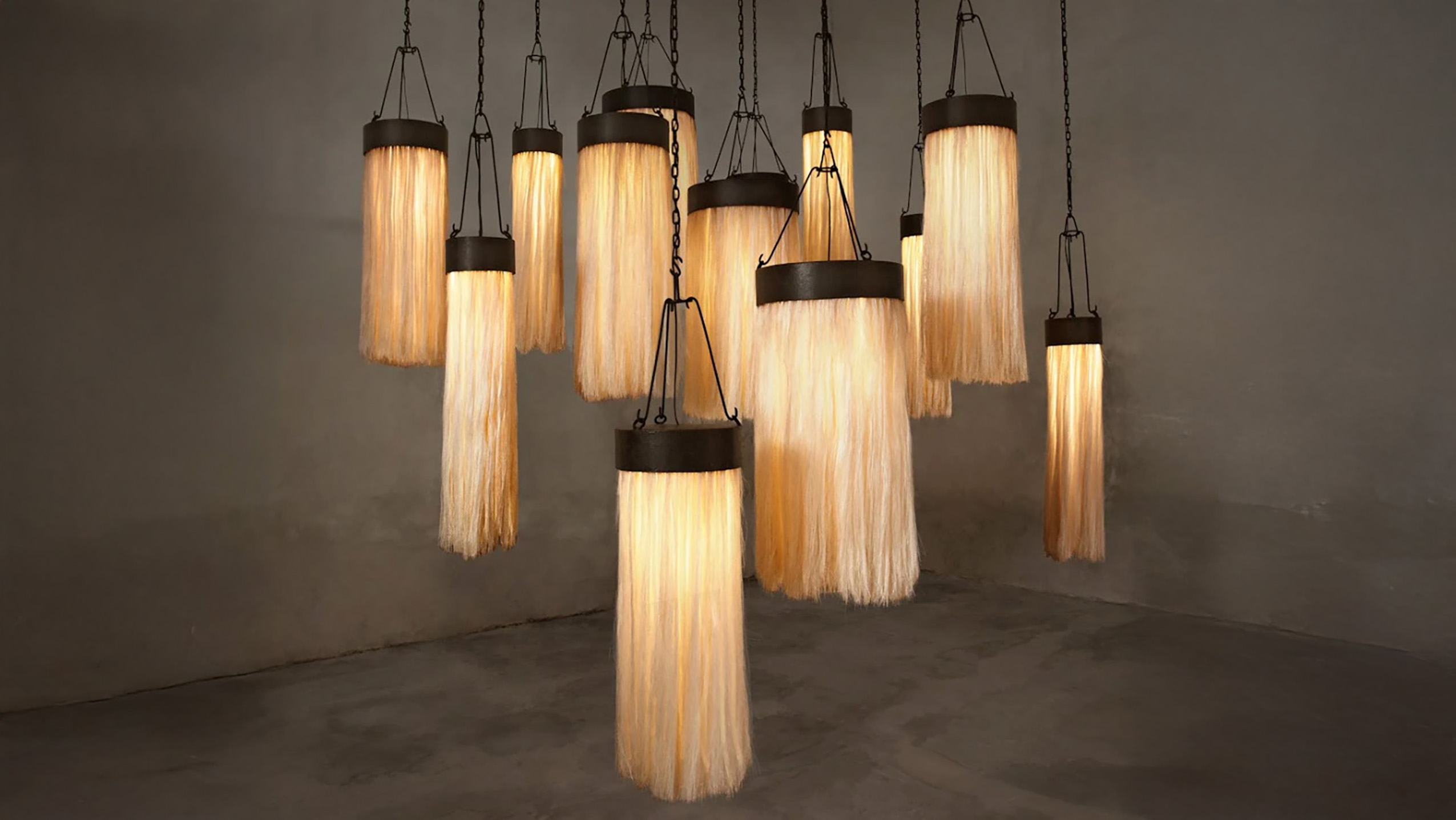
“I’ve always been passionate about natural materials and finding innovative uses for existing resources,” says the 55-year-old designer, who spent her early years on a family farm in Minnesota. Her father was a pioneer in grassroots ethanol fuel production during the 1980s’ corn surplus crisis.
An idea began to take shape, but Damman was initially unsure how to work with the difficult henequen plant. It appeared that the knowledge of crafting with it had nearly vanished. Undeterred, she asked her housekeeper for help, leading her to an experienced weaver named Doña Felipa, who had been weaving henequen for nearly 80 years, a skill she learned from her grandmother.
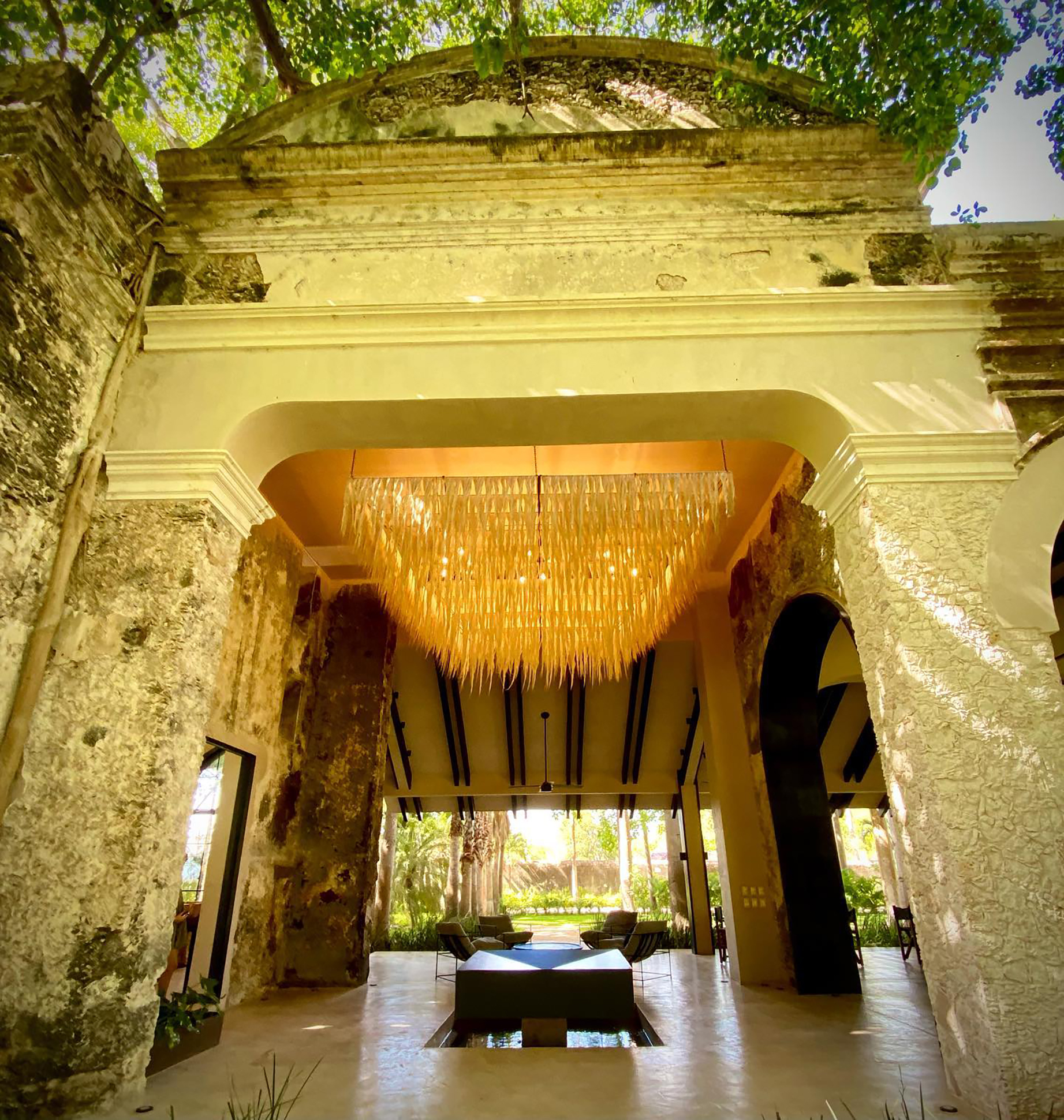
With Doña Felipa’s guidance, Damman grasped the intricate process of transforming the plant into usable fibre. This labor-intensive method includes extracting, drying, and boiling the fibres over a wood fire, followed by hand-combing and dyeing with organic materials. The resulting fibre is reminiscent of luxurious horsehair and is crafted into textiles using traditional back-strap looms, which Damman then transforms into handbags and decor.
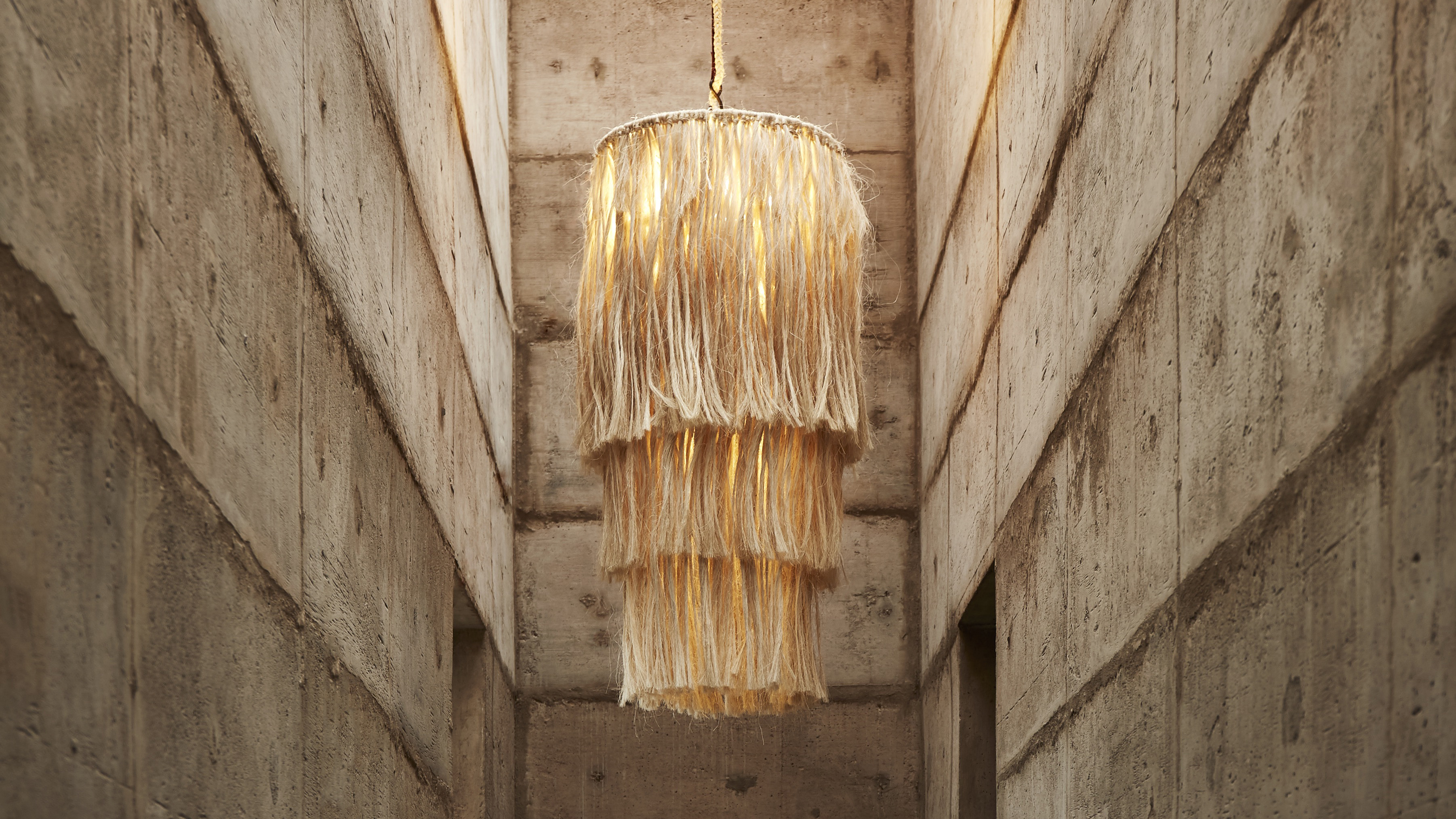
In addition to textiles, Damman began experimenting with raw henequen fibres for conceptual art pieces, including her stunning chandeliers. As demand grew, and the workload became too much for Doña Felipa, Damman co-founded the Maya Youth Artisan Initiative, a weaving school aimed at teaching local young women this traditional craft.
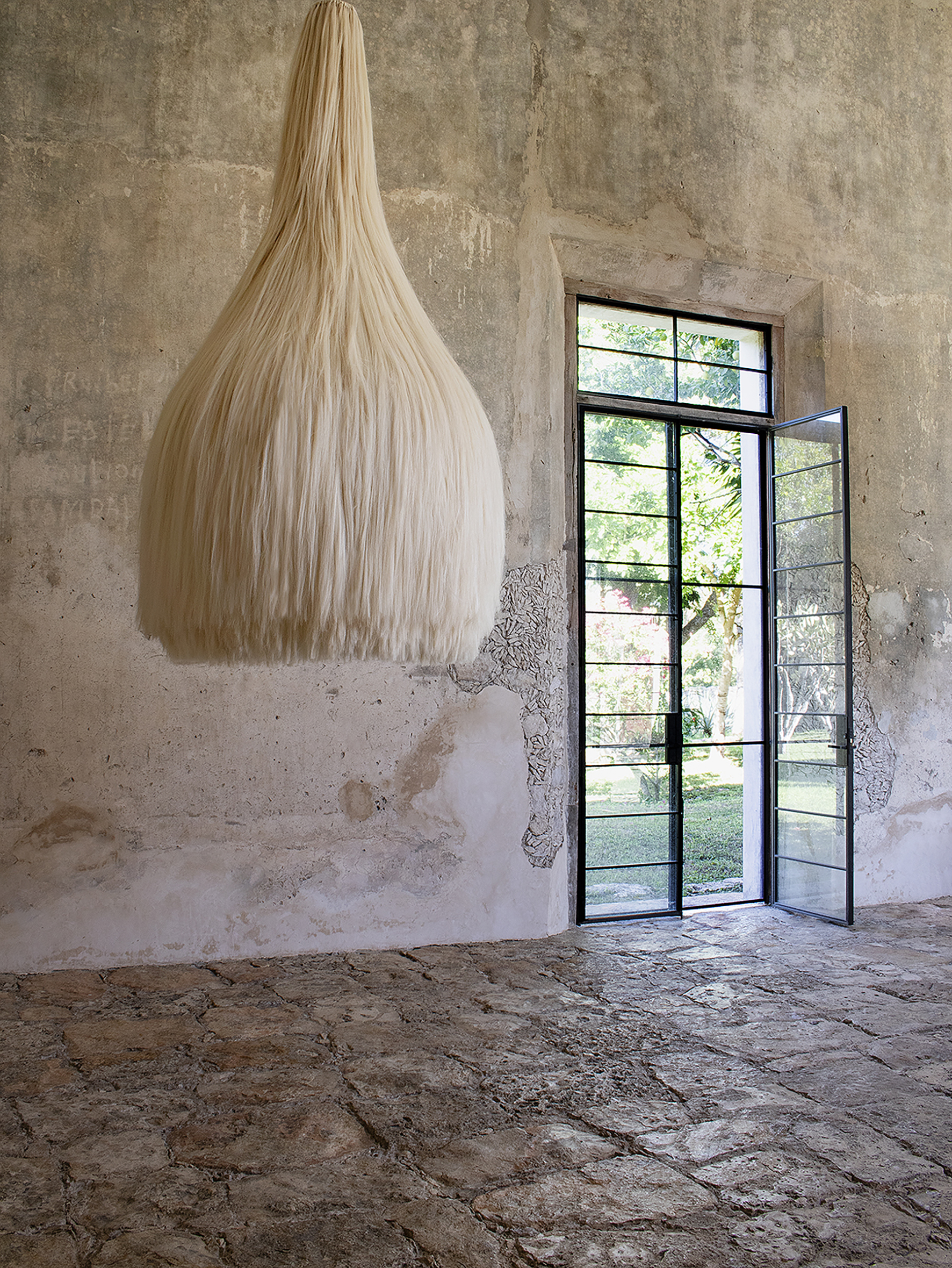
Initially, the young artisans were skeptical about mastering these ancient skills, given that henequen weaving historically yielded minimal financial returns. Damman encouraged them by illustrating how their creations could command a higher market value and took them to the Mayan World Museum in Merida for inspiration.
“What started as a project focused on local plants has evolved into my life’s work,” Damman reflects. “Our mission is to support both the land and the surrounding communities.”
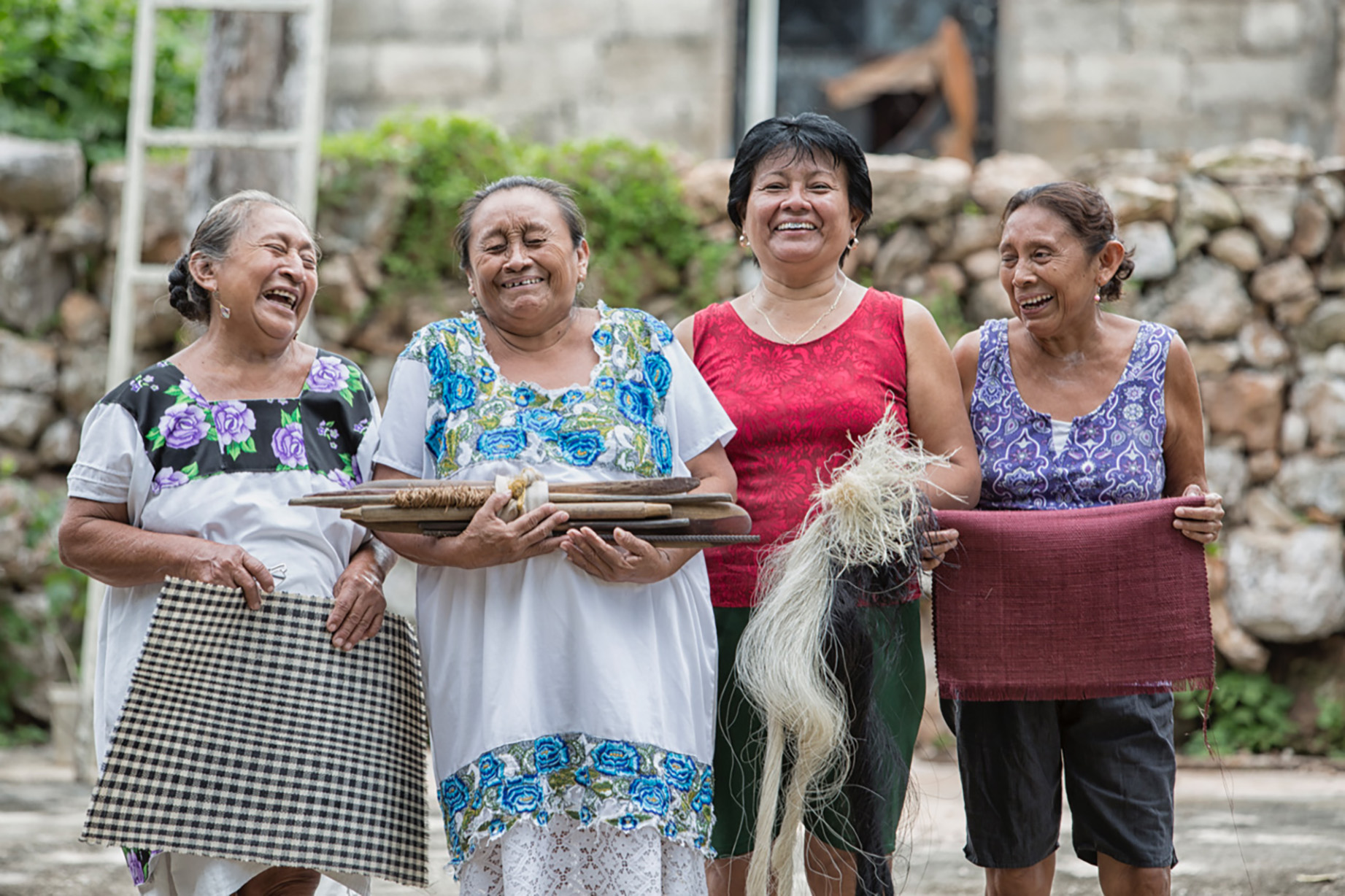
Today, she cultivates fibrous plants across five acres, working alongside about 30 Mexican artisans. While her bags and home decor are well-received, the shaggy chandeliers stand out as her top-selling items, priced from $2,350. “They truly are one-of-a-kind and not found in typical lighting catalogs,” she explains.
The chandeliers serve as stunning centerpieces in the newly designed Banana Republic flagship store in New York and grace the ceilings of the Los Mochis restaurant in London, where patrons enjoy meals beneath their artistic forms.
Producing one chandelier involves approximately 40,000 meters of fibre and can take over three months to complete. Damman also incorporates Sansevieria, known for its softer, finer fibres, which happens to be one of the highest oxygen-producing plants globally.
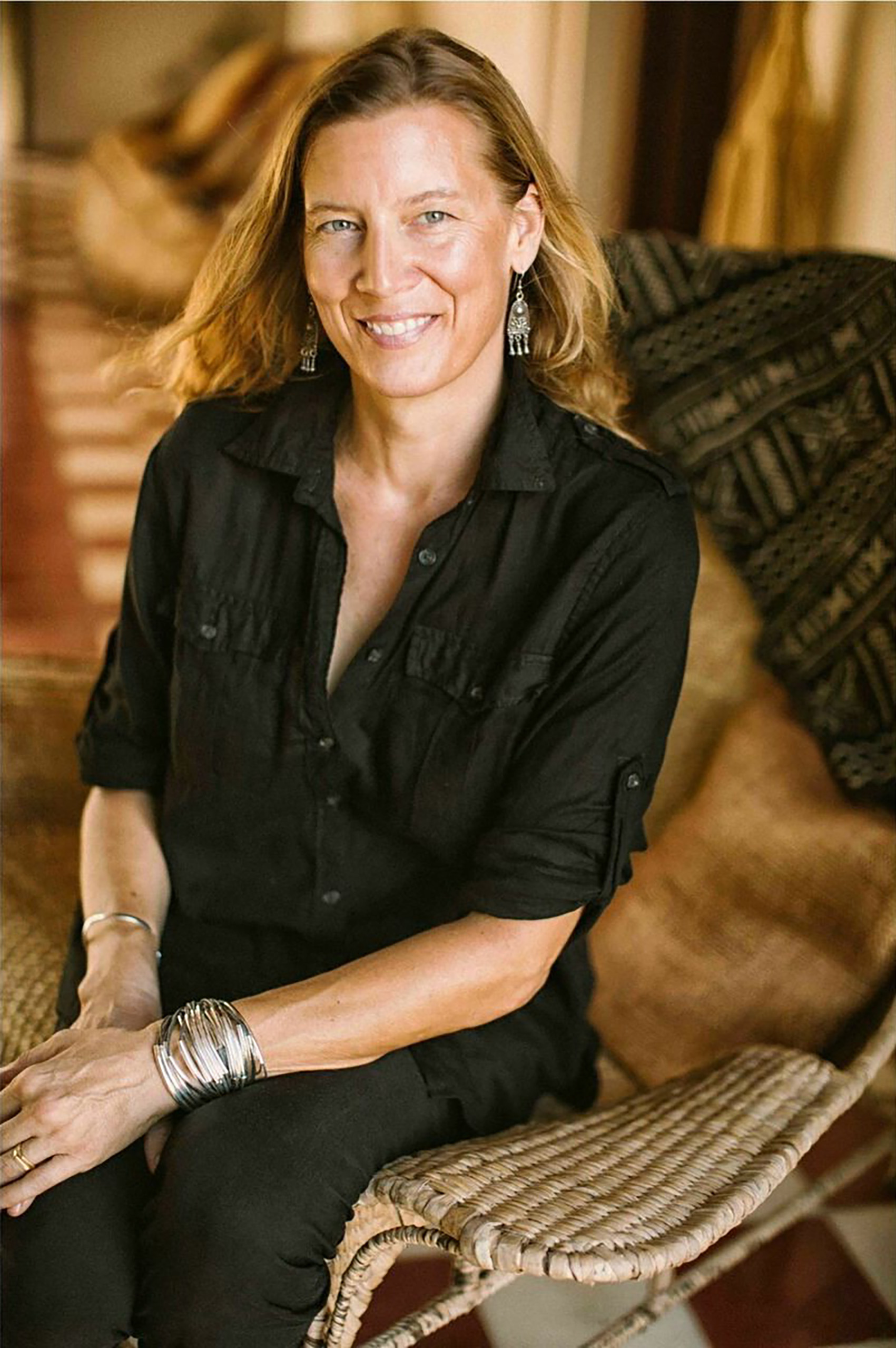
Aside from their extraordinary design, Damman’s chandeliers emit a unique glow due to the distinctiveness of each fibre. During this year’s Mexico City Art Week, she unveiled a chandelier from her latest series, From the Underworld. Its vibrant hues of orange and red resembled the warm, glowing embers of a fire.
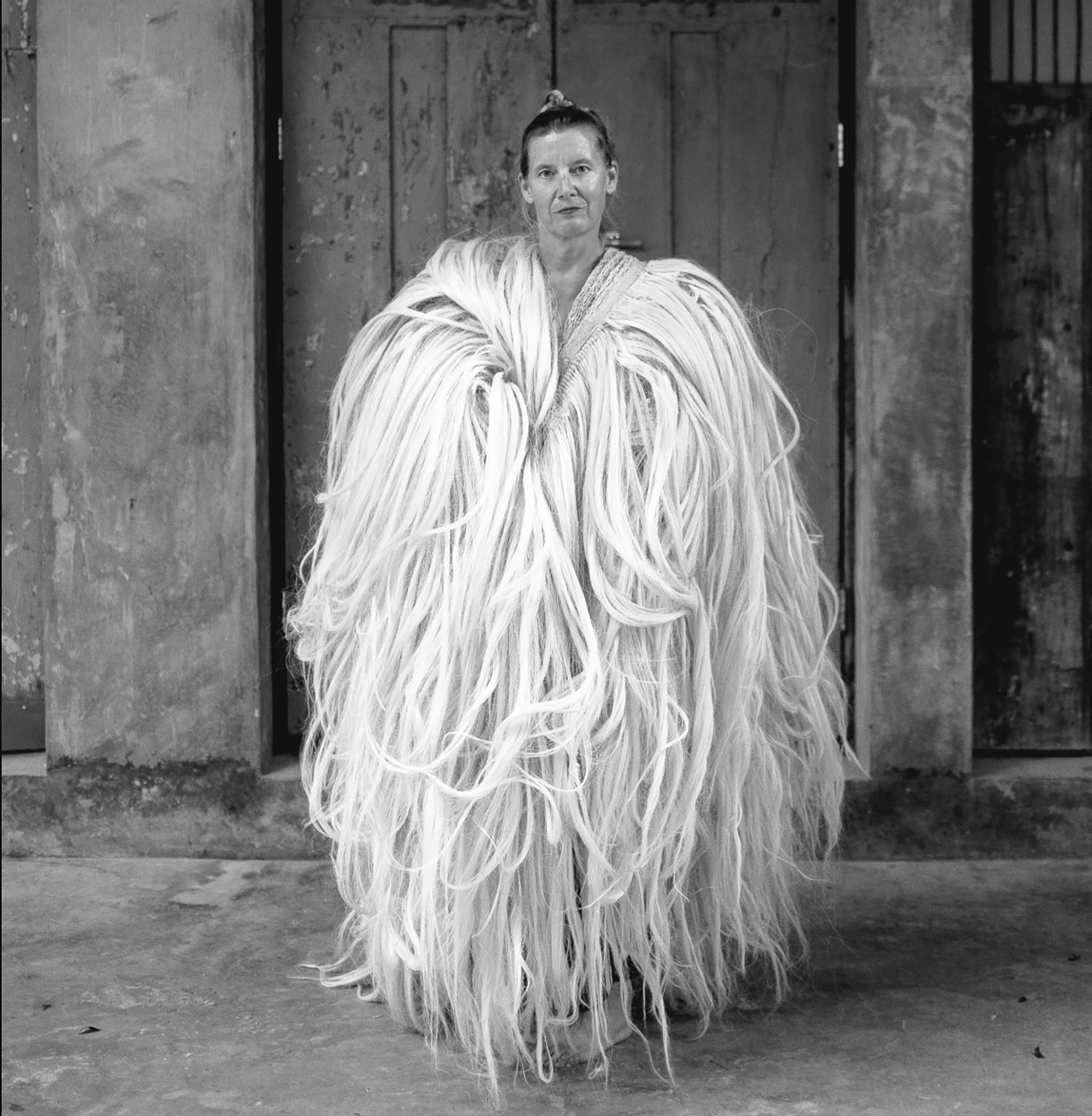
This piece is inspired by the Ceiba tree, which in Mayan culture represents a sacred link between the heavens and the underworld. “This piece feels alive to me,” Damman says, describing how it seems to emerge from the ground and reach toward the sky. While she connects this concept to her own spiritual journey, she humorously mentions that her children view it as something from outer space. “I embrace all interpretations,” she concludes. “Simplicity allows for the imagination to flourish.”
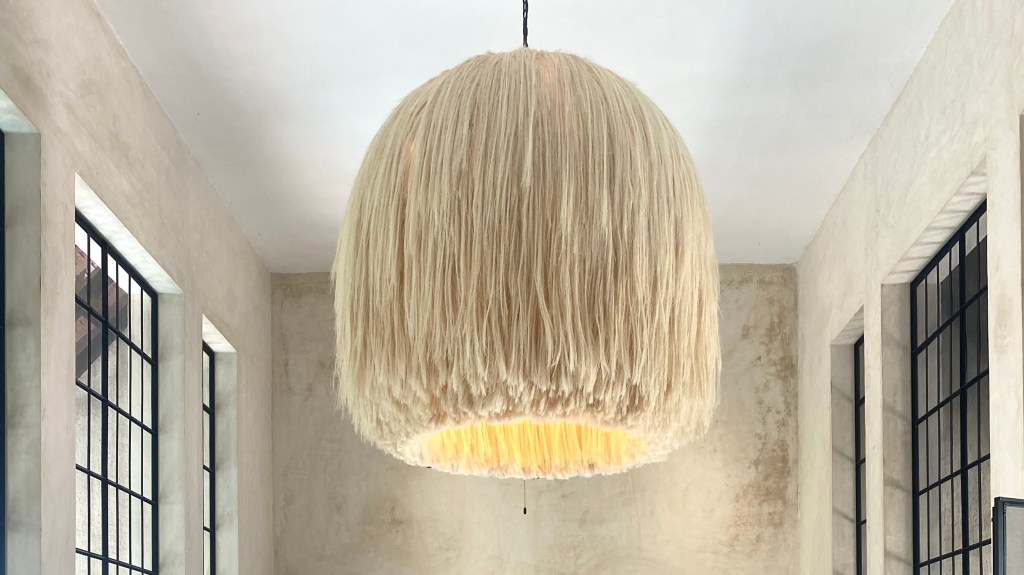

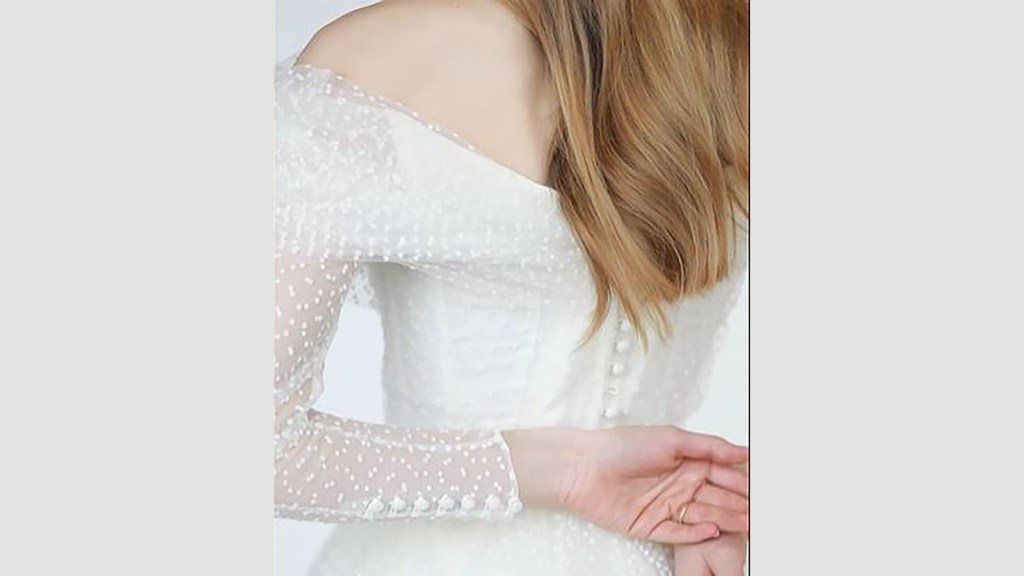

Post Comment